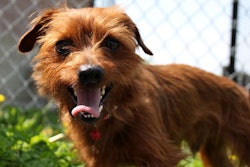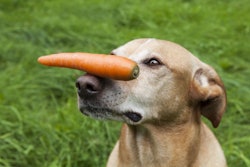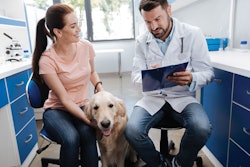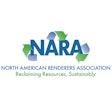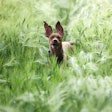
Dog, cat and other pet owners have come to view certain ingredients as undesirable in pet food. Pet food marketers cater to these beliefs with free-from claims that tout the absence of these ingredients from a formulation. Market analysts at Nielsen quantified sales of pet foods by the products’ free-from marketing claims.
“Companies need to evaluate their product portfolios and then understand the impact of ingredients and the level of scrutiny that consumers apply to the products they purchase,” wrote Nielsen analysts. “Regardless of whether in human food or pet food, consumers are looking for exceptional products that fulfill a purpose, offer superior value propositions and connect on a personal level.”
Top free-from claims in U.S. pet food sales
Among pet owners in the United States in 2018, Nielsen identified five free-from claims with the highest retails value sales. These five free-from claims appeared on pet food products with overall 2018 sales of:
- Wheat – US$4.89 billion
- Soy – US$4.43 billion
- Artificial colors – US$4.20 billion
- Fillers – US$4.09 billion
- Corn – US$1.52 billion
Some of these five free-from claims increased in sales more than others, even if the claims did not top overall sales in 2018. Pet foods featuring these free-from marketing claims increased sales by:
- Artificial colors – US$383 million
- Fillers – US$353 million
- Wheat – US$331 million
- Corn – US$325 million
- Soy – US$213 million
Other pet food market data from Nielsen
Nielsen’s market analysts reported data on other pet food trends.
Meal enhancers, such as toppers, reached sales of US$93 million, with more than 25% growth year over year.
Private-label pet foods and treats per store increased from 110 in 2015 to 130 in 2018, representing growth of 18%. Distribution of private-label items grew from 35% of all pet retail shops in 2015 to 55% of all shops in 2018.



